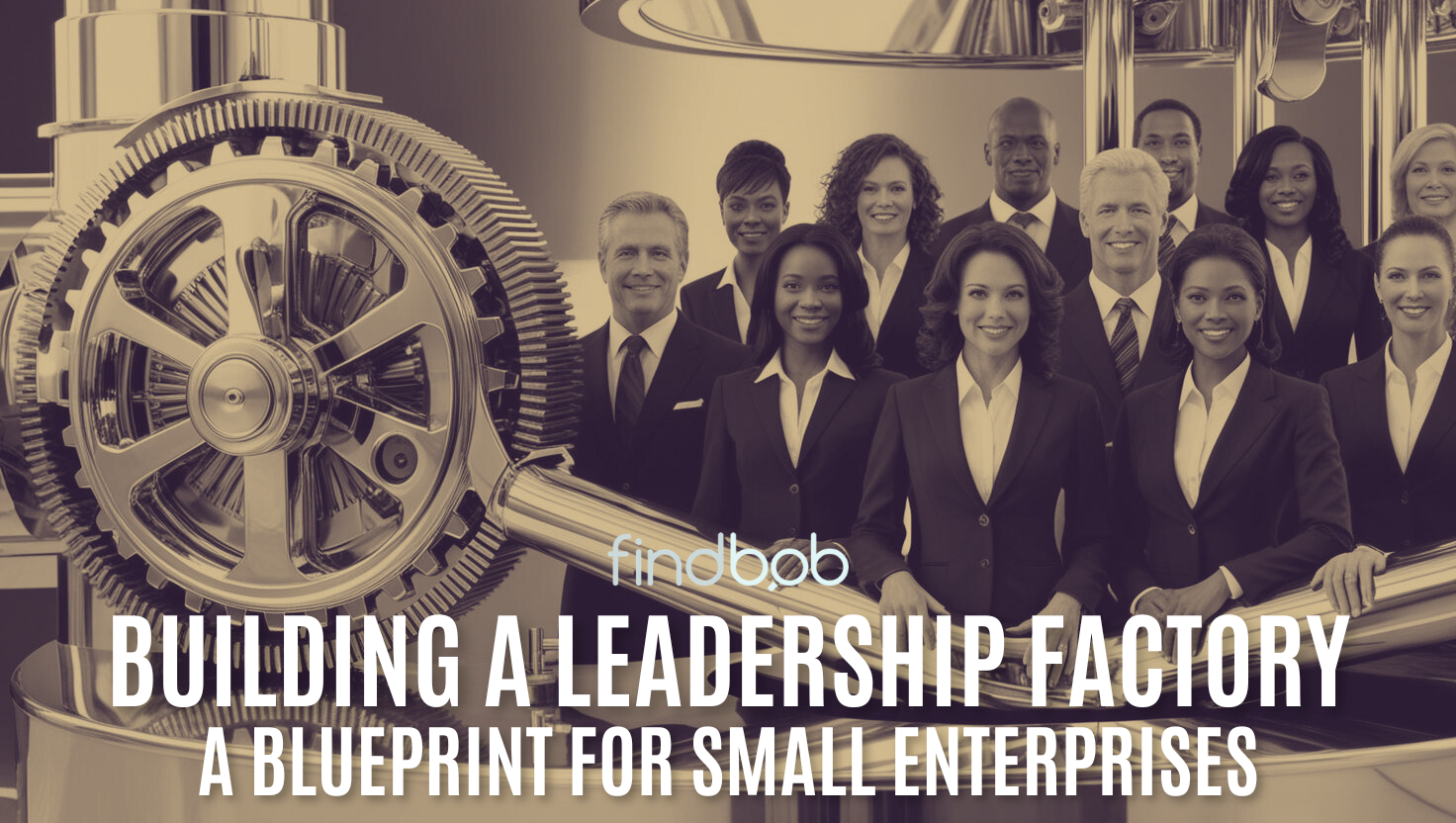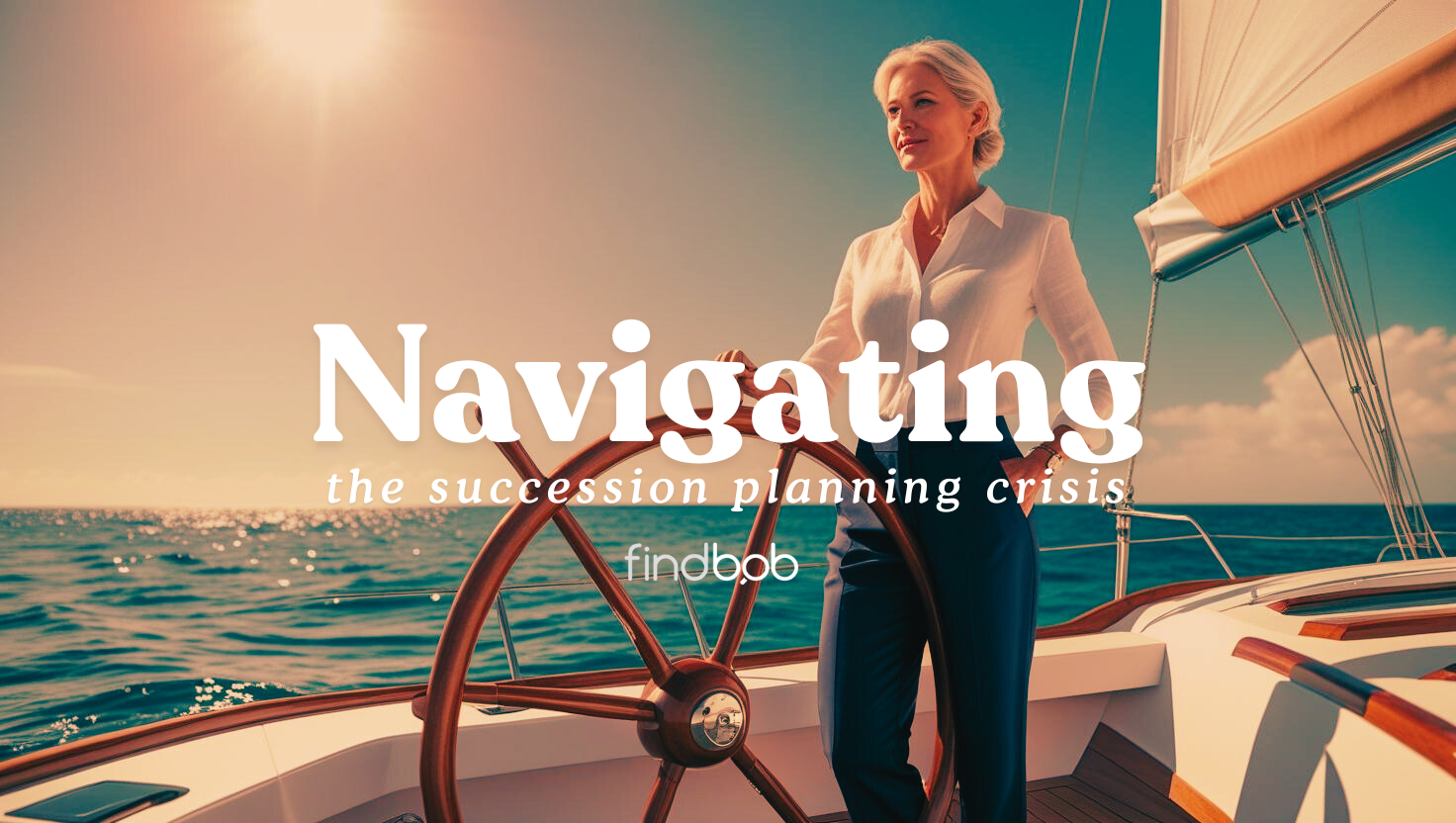Leadership in today’s fast-paced, ever-evolving business landscape is about more than just day-to-day management. It requires vision, adaptability, and a commitment to developing the next generation of leaders. While much has been written about leadership factories in large corporations, small enterprises like insurance agencies and wealth management firms can also benefit immensely from these principles. Here's how small business owners, particularly founders contemplating succession, can build their own leadership factories.
Why Small Enterprises Need a Leadership Factory
In businesses where client relationships and community reputation are critical, transitioning leadership isn’t just about operational handover—it’s about ensuring continuity in values and relationships. For founders, this means creating a pipeline of leaders who are not only skilled but deeply aligned with the company’s ethos. A leadership factory ensures your business remains resilient, relevant, and ready to adapt to challenges.
Furthermore, diversity in leadership is essential. According to the Versafi Report, women are underrepresented in the investment advisory space, despite making significant contributions. Addressing leadership gaps means proactively supporting diverse successors, ensuring that a wide range of perspectives and experiences contribute to the future of financial services.
The Framework: Building Your Leadership Factory
1. Define Leadership Attributes
Start by identifying the qualities your future leaders must embody. For small enterprises, focus on traits such as:
- Entrepreneurial Thinking: The ability to innovate and seize opportunities.
- Community Orientation: Deep understanding of local market dynamics.
- Client-Centric Leadership: A commitment to maintaining strong client relationships.
- Diversity and Inclusion: A leadership pipeline that actively considers and supports underrepresented groups, including women and minority advisors.
2. Establish Development Pathways
Create structured opportunities for leadership growth:
- Mentorship Programs: Pair emerging leaders with seasoned advisors to facilitate knowledge transfer.
- Personalized Training: Offer leadership modules tailored to your industry, covering succession planning, compliance, and operational excellence.
- Feedback Loops: Use tools like FindBob’s Advisor Volatility Index (VIX) to measure readiness and sentiment.
- Inclusive Leadership Training: Ensure diverse candidates are given equitable opportunities to lead and succeed.
3. Engage Stakeholders
Leverage internal and external support systems:
- Internal Resources: Utilize experienced advisors to mentor successors.
- External Partners: Collaborate with appraisers, business brokers, legal experts, and IMOs to guide leadership development and ownership transitions.
- Diversity Advocates: Work with industry organizations that support women and minority professionals in financial services.
4. Immerse Future Leaders
Provide real-world exposure:
- Strategic Assignments: Place high-potential leaders in roles that challenge them to think critically and adapt.
- Observation Opportunities: Allow emerging leaders to shadow senior leadership during critical decisions.
5. Foster a Culture of Trust
Cultivate an environment where:
- Leaders feel supported and empowered to make decisions.
- Teams collaborate openly to solve problems and drive innovation.
- Diverse leadership is seen as an asset to business resilience and growth.
6. Utilize Technology and Tools
Incorporate tech solutions to streamline leadership development:
- Data-Driven Insights: Platforms like FindBob can highlight at-risk advisors and identify future leaders.
- AI-Powered Recommendations: Use AI to suggest next steps for leadership candidates and track their progress.
- Diversity Tracking Metrics: Use analytics to measure progress in leadership diversity and adjust initiatives accordingly.
7. Develop Succession Playbooks
Document processes to ensure smooth transitions:
- Detail client relationship management strategies.
- Outline operational handover plans.
- Include guidelines for maintaining company culture.
- Establish succession plans that actively promote inclusive leadership opportunities.
8. Celebrate and Iterate
Recognize milestones in leadership development and continuously refine your framework based on outcomes and feedback.
Unique Considerations for Small Enterprises
- Founder-Driven Leadership: Transitioning from founder-led operations to a professional leadership team requires thoughtful cultural shifts.
- Local Market Focus: Future leaders should deeply understand and align with the community’s needs and values.
- Client Continuity: Ensuring clients feel secure during leadership transitions is paramount.
- Commitment to Diversity: Businesses that actively cultivate diverse leadership teams are better positioned for long-term success and resilience.
How Partners Can Help
- Dealers and IMOs: Provide structured leadership training and operational resources.
- Third-Party Experts: Appraisers, brokers, and legal advisors can guide valuation and ownership changes.
- FindBob Integration: Leverage tools that facilitate succession planning, identify leadership potential, and track readiness.
- Diversity Initiatives: Engage with professional networks that support leadership development for underrepresented groups.
The Path Forward
Building a leadership factory is a strategic investment in your business’s future. By cultivating leaders who are not only capable but also aligned with your mission, you ensure that your business can thrive for years to come. Whether you’re preparing to step back or simply looking to strengthen your team, the principles of a leadership factory offer a roadmap to success.
For more insights on building resilient leadership in the 21st century, check out the original McKinsey article: The Art of 21st-Century Leadership.




